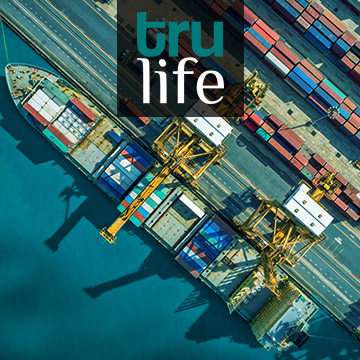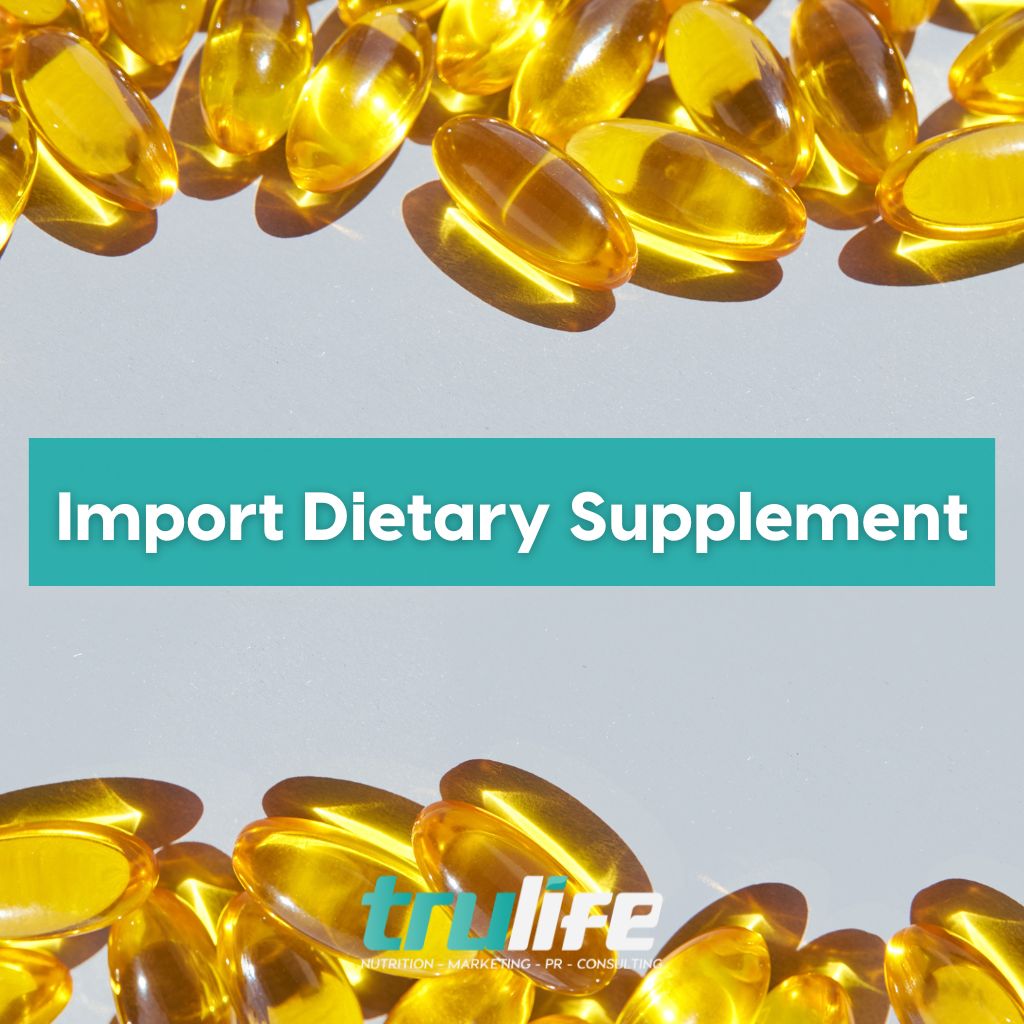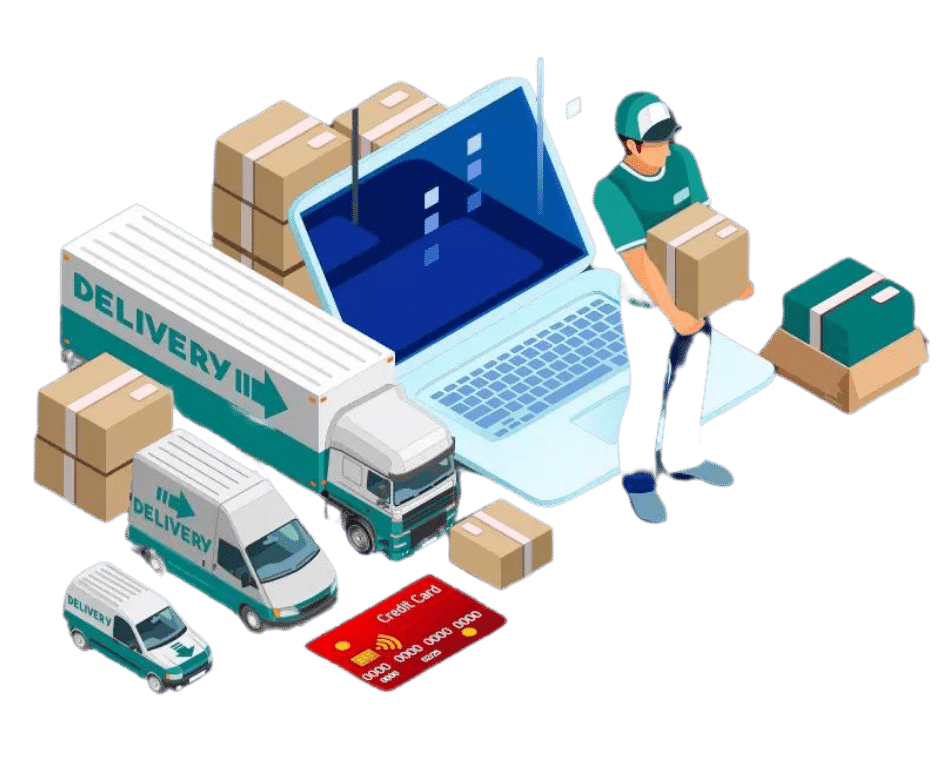Supply chains are an essential part of modern life. They allow us to funnel various products from all around the world right to our front doorstep.
Modern supply chains consist of many different elements. Planes, trains, trucks, and vans are constantly employed to move freight from one place to the next.
However, there’s one area that has proven to be amongst the most critical supply chains in existence: waterborne transport.
The Importance of Waterborne Transportation
Planes are fast. Trains can pull a lot all at once. Trucks and vans can reach extremely targeted pickup and delivery locations with precision. But there’s one aspect of shipping that makes it stand out as a superior supply chain option: its incredible tonnage.
The sheer capacity of a ship makes it an easy choice when it comes to finding sizeable, affordable ways to move goods from one place to another around the globe.
This applies to multiple kinds of items, too. For instance, cargo ships move millions of metric tons of commodities like gas, oil, and coal on a regular basis.
Products also rely on this essential form of transportation. In fact, according to Statista, a staggering 80% of all goods are transported by sea. The bulk of these arrive at their destination in container ships, where they’re offloaded and proceed to their destination via train or truck.
The Pandemic and Shipping
One of the best examples of how important shipping is for the world’s supply chains comes from the way that they’ve been disrupted during the pandemic. As the crisis has played out, various elements — such as international ports shutting down due to covid-zero restrictions — have shaken up the regularity of shipments coming and going from American ports.
This irregularity infamously led to backlogs at essential locations, like the ports of Long Beach and Los Angeles, which are responsible for as much as 40% of the nation’s imports. The resulting backlogs led to shortages as authorities at the port scrambled to manage the inconsistent supply chain flow.
In late 2021 much of the chaos was resolved. However, many issues continued to linger, particularly regarding the 100,000 empty containers that couldn’t easily be removed from the ports.
Navigating Supply Chains with TruLife
Both the ups and downs of the waterborne industry have underlined how important they are, especially when it comes to retail. However, the inconsistency of the water supply chain also highlights another thing: how stressful it can be to work with larger supply chains as a smaller company.
If you’re a brand that is trying to expand or grow your presence in the U.S., navigating supply chain fluctuations can be overwhelming. That’s where the TruLife Distribution team can make a huge difference. While we can’t control the larger supply chain, we understand the complexities involved. This allows us to walk hand in hand with our clients as we help them transport goods into the U.S. to sell to their American customers.
It’s a partnership that doesn’t just help growing brands sell more. It also provides understanding and peace of mind for already busy business owners who don’t need to feel the extra pressures that come with large-scale marketing and distribution in the U.S.








